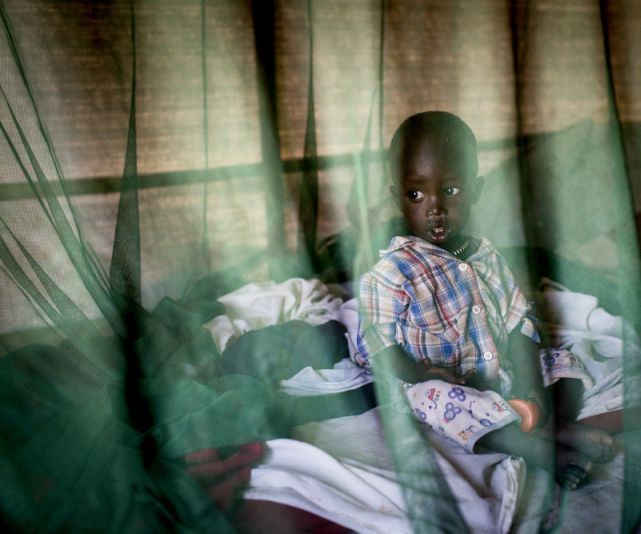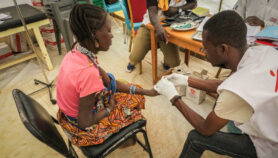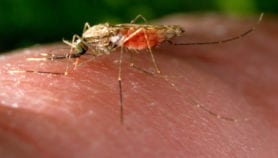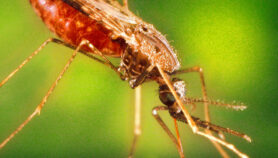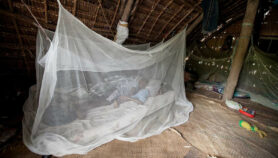By: Andrea Rinaldi
Send to a friend
The details you provide on this page will not be used to send unsolicited email, and will not be sold to a 3rd party. See privacy policy.
Giving extra bed nets to children weakened by lack of food could significantly curb child deaths from malaria, according to a mathematical model revealed last month.
A study published in the Malaria Journal found that distributing insecticide-treated bed nets and supplementary food to undernourished children aged from six months to five years could help prevent their deaths from malaria. This is because children with malnutrition are much more likely than healthy children to succumb to the disease, the paper states.
“We are aware that infectious diseases can make things even worse for undernourished children.”
Ornella Comandini, University of Cagliari, Italy
The model proposed by Milinda Lakkam and Lawrence Wein, two mathematicians at Stanford University in the United States, shows that such targeted distribution of insecticide-treated bed nets is better at reducing malaria deaths than random distribution. In one tested scenario, where malaria transmission was pegged as seasonal and intermittent, the distribution of bed nets specifically to undernourished children achieved a 69 per cent reduction in malaria mortality.
However, in settings where malaria transmission is very intense and bed net coverage is already high, additional targeted distribution of bed nets might have a very limited impact, the model predicts. Instead, supplementary food could offer larger mortality reductions, the researchers say.
In the paper, the researchers suggest a strategy of “free bed net distribution targeted to undernourished children in areas suffering from both undernutrition and malaria”, in order to bring down malaria deaths.
But to see whether such a strategy would work in reality, a proper trial is needed, says Ornella Comandini, an anthropologist at Italy’s University of Cagliari, who specialises in child malaria in Tanzania and Uganda. “We are aware that infectious diseases can make things even worse for undernourished children, especially the younger ones, but we lack certainties and clear data,” she says.
According to the latest World Malaria Report, also released in December, there were 214 million new cases of malaria worldwide in 2015, with Africa accounting for some 88 per cent of global cases. Malaria effects can be particularly severe in children: in 2015, malaria killed an estimated 292,000 under-fives in Africa. According to Unicef, around 159 million children around the world suffer from undernourishment so severe it causes stunting.
But the relationship between malaria and undernutrition is a complex one, as other studies show.A 2004 review of data from epidemiological works concluded that both general undernutrition and lack of micronutrients — such vitamin A, zinc and iron — exacerbate the burden of malaria on children, and that improving their nutritional status lessens the severity of malaria episodes, resulting in fewer deaths.
But in 2010 a study in southwest Ethiopia found no association between malaria and undernutrition in children under five, instead reporting a strong correlation of malaria with anaemia.


